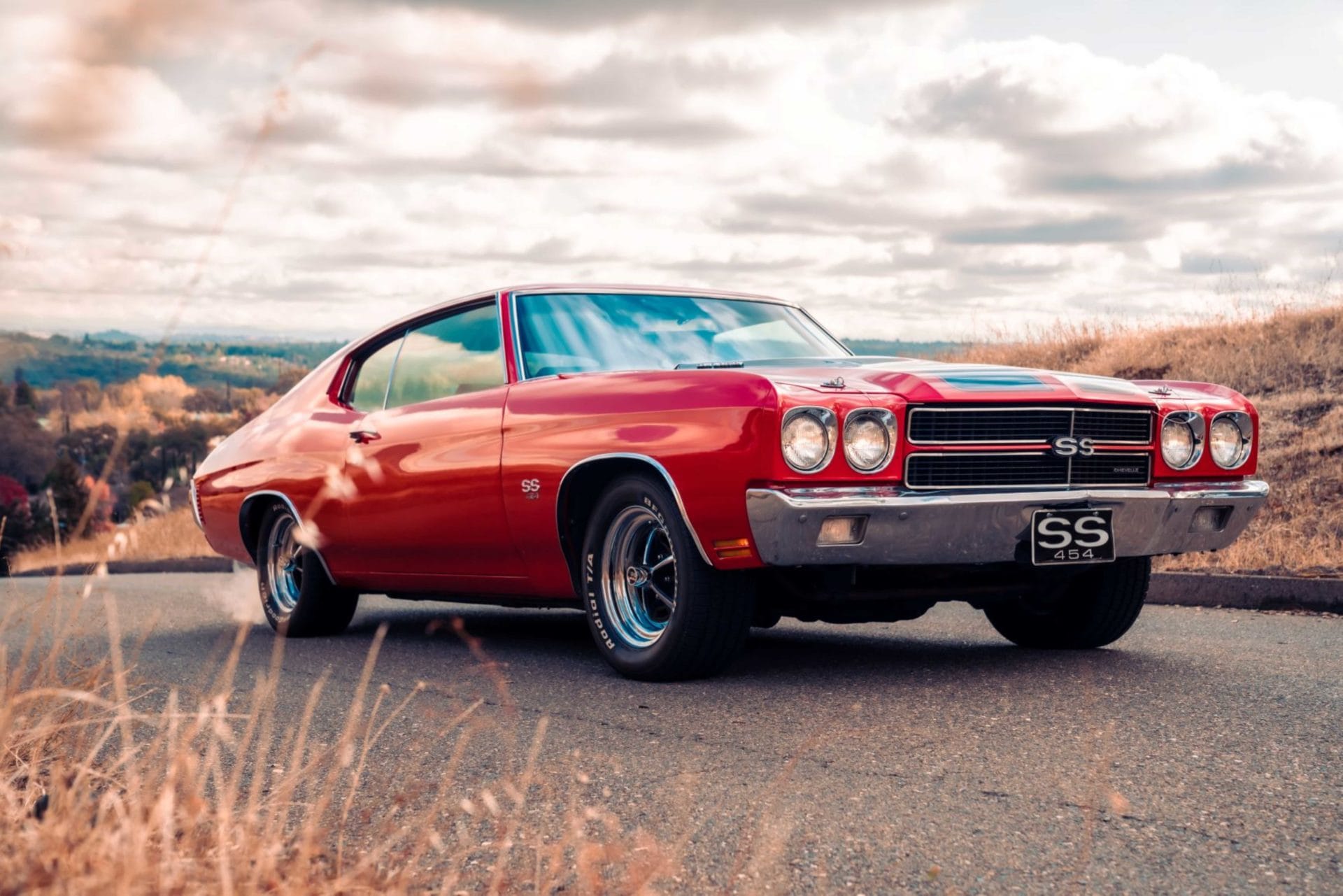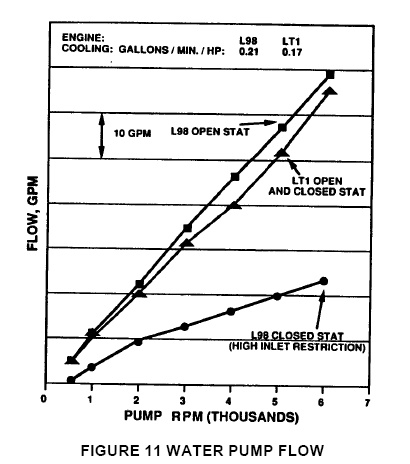As others mentioned, there are other posts here about changing the WP.
But to answer some questions in this thread directly...
Bolts don't need replaced unless rusted or damaged. As mentioned, only one needs thread sealant (you'll know the one when you remove it, a bunch of coolant dumps out from the block, lol). But often I put sealant on them all just to help prevent dirt/rust/seizing.
Coupler groove/line faces the engine.
Briefly mentioned before, but often overlooked is that the coupler needs an o-ring on the mating shafts (both).
100% of the time, this o-ring is missing or fallen apart in every job I've done. Replace it! Do not skip it. If missing, a "Harbor Freight" or Amazon o-ring assortment works fine. Ideally it should be an oil-resistant rubber.
Install the new o-rings, then add liberal bearing grease inside the coupler, then reinstall.
Water pumps last much longer when all of the proper steps are taken. Not saying it's foolproof because I've had a brand new Gates pump leak out of the box. But in theory, the o-rings keep the grease in, and helps dampen vibration. As soon as the grease is lost, the coupler starts to seize or "tightly couple" to the shaft and wobbles/wallows out the WP bearings in short order. I've taken some WPs off that had a seized coupler and the bearings on the WP were completely destroyed, nothing left except a race. Even the balls were missing. Guess what? The coupler was dry (no grease) and stuck on one end of the shaft.








